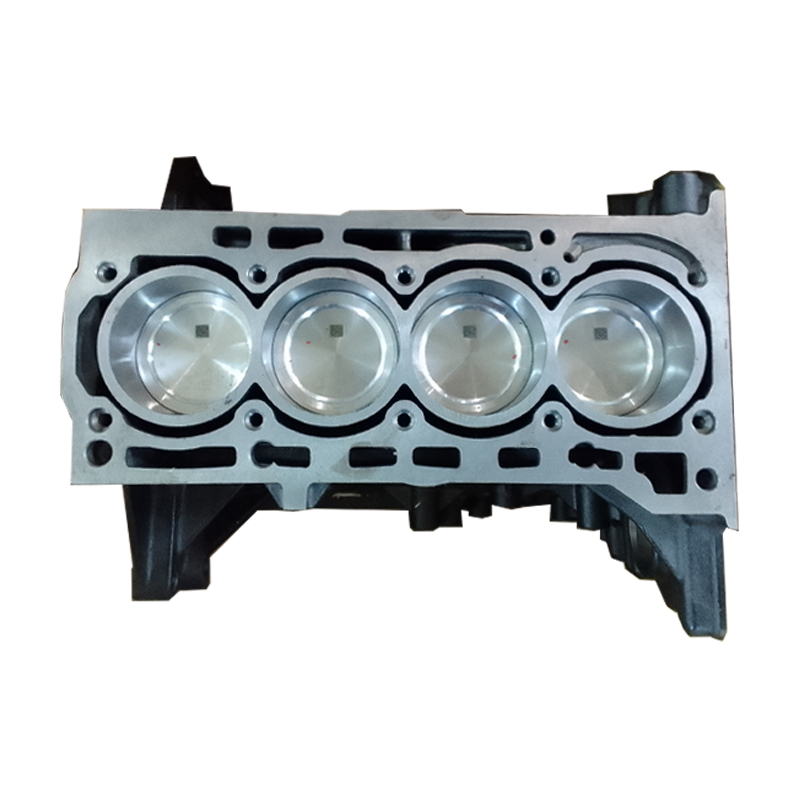Find a cost-effective clp engine for industrial applications.
Find a cost-effective clp engine for industrial applications.
Blog Article
Just How a Clp Engine Can Improve Effectiveness in Various Industries
The arrival of CLP engines marks a substantial change in functional efficiency across various industries, driven by their ability to maximize gas usage and minimize downtime. Industries such as production and logistics stand to gain substantially from their robust design and constant power result, which promise to enhance procedures and improve efficiency. As organizations significantly focus on sustainability together with effectiveness, the role of CLP engines ends up being a lot more vital. What stays to be seen is exactly how these innovations will certainly form the future landscape of industrial operations and their influence on broader financial fads (clp engine).
Summary of CLP Engines
CLP engines, or Continuous Fluid Propellant engines, represent a substantial development in propulsion innovation, especially for room applications. These engines make use of a constant feed system that enables the sustained expulsion of propellant, bring about improved effectiveness and performance contrasted to standard solid or hybrid propulsion systems. By keeping a continuous circulation of fluid propellant, CLP engines can attain much more accurate drive control, which is essential for navigating spacecraft in numerous goal circumstances.
The style of CLP engines integrates advanced products and ingenious fuel administration systems. clp engine. This causes decreased weight and boosted integrity, crucial elements for long-duration area goals. The continual operation minimizes the threat of combustion instability, a typical challenge in standard rocket engines.

Advantages in Production
The manufacturing of Constant Fluid Propellant (CLP) engines offers a number of notable benefits that boost both effectiveness and cost-effectiveness. One of the key advantages is the streamlined production process, which minimizes the complexity related to traditional propulsion systems. By making use of liquid propellant, suppliers can attain better accuracy in engine efficiency, causing optimized power output and lowered waste.
Furthermore, CLP engines help with a greater level of modularity, permitting simpler integration into different manufacturing lines. This flexibility can substantially decrease preparations and boost total operational flexibility. Using CLP modern technology likewise tends to decrease the requirement for substantial upkeep because of less moving parts, which translates right into reduced downtime and functional costs.

Applications in Logistics
Leveraging Constant Fluid Propellant (CLP) engines in logistics uses considerable advantages in functional effectiveness and integrity. These engines provide a durable solution for various transportation needs, allowing the smooth activity of products throughout huge ranges. The intrinsic style of CLP engines enables consistent power output, which translates into smoother and extra foreseeable transportation timetables.
One of the essential applications of CLP engines see it here in logistics remains in durable freight transportation, where they can drive both ground and aerial cars. Their capability to keep high performance under varying tons conditions ensures that shipment timelines are met, thereby enhancing consumer complete satisfaction. Furthermore, CLP engines can be integrated right into automated logistics systems, promoting real-time tracking and enhancing course planning.
Furthermore, the resilience of CLP engines lowers upkeep downtime, enabling logistics business to maximize their functional capacities. This is especially valuable in warehousing procedures, where effectiveness in taking care of and carrying goods is critical. As logistics remains to evolve, the assimilation of CLP engines represents a forward-thinking strategy that not only improves efficiency however likewise sustains the industry's growing demands for integrity and rate.
Impact on Power Effectiveness
Just How do Continual Liquid Propellant (CLP) engines enhance power effectiveness in transportation? try this web-site CLP engines make use of a constant flow of liquid fuel, optimizing burning processes and preserving a steady drive result. This design lessens energy losses connected with typical combustion engines, where gas shipment can differ and cause inadequacies.
The continuous procedure of CLP engines enables for a much more reliable thermal cycle, resulting in greater particular impulse compared to standard engines. clp engine. This translates to decreased fuel intake for the very same amount of job done, substantially reducing operational prices across different transportation industries, consisting of aeronautics and maritime industries
Additionally, the capacity of CLP engines to keep optimum efficiency under differing tons problems lowers the demand for regular acceleration and deceleration, better enhancing gas performance. Improved energy performance not just contributes to cost financial savings but also results in decrease greenhouse gas exhausts, lining up with worldwide sustainability goals.
Future Trends and Innovations
Arising developments in Constant Fluid Propellant (CLP) engine modern technology promise to revolutionize the landscape of transportation efficiency and sustainability. As sectors pivot towards greener choices, CLP engines stand at the leading edge, incorporating cutting-edge products and layout techniques that improve efficiency while lessening ecological effect.
Among one of the most promising patterns is the adoption of crossbreed systems that integrate CLP engines with sustainable energy resources. This harmony can enhance gas intake and decrease discharges, aligning with global sustainability objectives. Moreover, developments in computational fluid dynamics (CFD) are facilitating the style of more aerodynamically reliable engines, causing decreased drag and enhanced fuel efficiency.
Moreover, the growth of smart surveillance systems is set to boost functional performances. These systems leverage data analytics and IoT innovation to optimize engine efficiency in real-time, making certain that the engines operate within their most efficient specifications.
As research study proceeds to explore alternative propellant formulas-- such as biofuels and artificial gas-- the future of CLP engines looks promising. By utilizing these technologies, sectors can not only boost their performance however also contribute dramatically to a cleaner, much more lasting future in transportation.
Conclusion
In conclusion, CLP engines represent a considerable development in efficiency across multiple markets. The assimilation of advanced products and less moving components lessens maintenance requirements, while positioning with sustainability objectives settings CLP engines as content a pivotal modern technology for the future.
Report this page